Hummingbird Spring Migration 2016
claireplymouth z6b coastal MA
8 years ago
last modified: 8 years ago
Featured Answer
Sort by:Oldest
Comments (180)
Jeff Bush
7 years agolast modified: 7 years agospedigrees z4VT
7 years agoRelated Discussions
Spring 2010 Migration of Ruby-throated Hummingbirds
Comments (6)Spotted first one of the season this afternoon! Male ,ruby-throated, made a quick stop then about 10 minutes later on again on the other feeder, yaay!! But don't think they are same ones that were here as they ignored me, smile...home gems used to do happy dance with dips to greet me and express their joy of making it back, would do happy dance when their babies started flying....wish there was a way to track them, also wish they were banded, but main thing they are back. Weather to be around 40 on sat, as long as it doesn't freeze, but did think they'd wait a while. Now off to mark the date on the map. Bea in Belle Chasse La ( near New Orleans )...See MoreHummingbird Spring Migration 2009
Comments (75)My hummers disappeared for a while, presumably nesting and concentrating on insects for the babies, although they may also have been nectaring on the rhododendron mountains up the street. Now they're back, and I see them every day at the feeder. They don't stay at the feeder for long, they just take a few sips and zip off to the flowers. The meadow phlox are blooming now and the hummers love them. Re orioles: There are myriad ways of feeding oranges and jelly; you can buy fancy feeders but they're not necessary. One easy way is to hang an orange half from a hook, or impale it on a stick. The bird will eat out the orange flesh, then you can fill the empty rind with grape or other jelly. You can also put jelly in a bowl on a deck railing. I've put orange slices in a wire suet feeder and the orioles were happy. Catbirds like the oranges and jelly too. I have photos of different methods I've tried, but I'm hesitant to slow up this thread. Claire...See MoreHummingbird Spring Migration 2017
Comments (203)Another hummer this morning. Since corunum AKA Jane discovered that links to videos were still being posted while jpg pics were not, I took a video - you can see the urgency with which she fills up with the nectar solution. The migrants are still coming through the pipeline - a good reason to keep feeders up. Claire (sounding like a broken record)...See MoreHummingbird Spring Migration 2018
Comments (188)I would leave all, or most, of the feeders up for a little longer since you'll still be getting migrants coming through from north of you. Better to have too many feeders than too few. Even if you don't see hummers for a few days there will probably be stragglers, maybe juveniles that aren't sure what they're doing and really could use the food. When I get migrants I seem to see them mostly in the late afternoon when they stop for the night, and then again the next morning when they fuel up for the day's journey. Please keep at least one feeder up until the end of September, maybe later. A few years ago I got a hummer visiting in late October. Luckily I'd kept one feeder there. Claire...See MoreJeff Bush
7 years agospedigrees z4VT
7 years agoclaireplymouth z6b coastal MA
7 years agocorunum z6 CT
7 years agospedigrees z4VT
7 years agocorunum z6 CT
7 years agoJeff Bush
7 years agoclaireplymouth z6b coastal MA
7 years agorichdelmo
7 years agoclaireplymouth z6b coastal MA
7 years agorichdelmo
7 years agospedigrees z4VT
7 years agorichdelmo
7 years agoJeff Bush
7 years agoclaireplymouth z6b coastal MA
7 years agocorunum z6 CT
7 years agoThyme2dig NH Zone 5
7 years agospedigrees z4VT
7 years agocorunum z6 CT
7 years agoclaireplymouth z6b coastal MA
7 years agoSkippy Z6B MA
7 years agoclaireplymouth z6b coastal MA
7 years agomyermike_1micha
7 years agoJeff Bush
7 years agoclaireplymouth z6b coastal MA
7 years agolast modified: 7 years agomyermike_1micha
7 years agoerin sos (5b/6a) Central/West. Mass
7 years agoclaireplymouth z6b coastal MA
7 years agolast modified: 7 years agorichdelmo
7 years agoclaireplymouth z6b coastal MA
7 years agospedigrees z4VT
7 years agoclaireplymouth z6b coastal MA
7 years agoclaireplymouth z6b coastal MA
7 years agoclaireplymouth z6b coastal MA
7 years agoclaireplymouth z6b coastal MA
7 years agolast modified: 7 years agoNHBabs z4b-5a NH
7 years agobarrett001
7 years agoclaireplymouth z6b coastal MA
7 years agoclaireplymouth z6b coastal MA
7 years agoclaireplymouth z6b coastal MA
7 years agolast modified: 7 years agocorunum z6 CT
7 years agolast modified: 7 years agoclaireplymouth z6b coastal MA
7 years agoclaireplymouth z6b coastal MA
7 years agospedigrees z4VT
7 years agoclaireplymouth z6b coastal MA
7 years agoclaireplymouth z6b coastal MA
7 years agolast modified: 7 years agoNHBabs z4b-5a NH
7 years agoclaireplymouth z6b coastal MA
7 years ago
Related Stories

GARDENING GUIDESAttract Hummingbirds and Bees With These Beautiful Summer Flowers
Roll out a welcome mat for pollinators to keep your landscape in balance and thriving
Full Story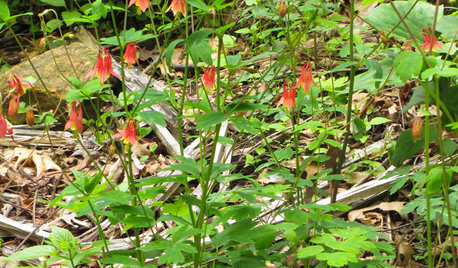
FLOWERS AND PLANTSRoll Out the Welcome Mat for Hummingbirds With Red Columbine
Grow Aquilegia canadensis in eastern perennial gardens or informal woodland plantings for its delicate foliage and uncommon red flowers
Full Story
GARDENING GUIDESBackyard Birds: Invite Entertaining Hummingbirds Into Your Garden
Hummingbirds — unique to the Americas — zip through open landscapes seasonally or year-round. Here’s how to attract them
Full Story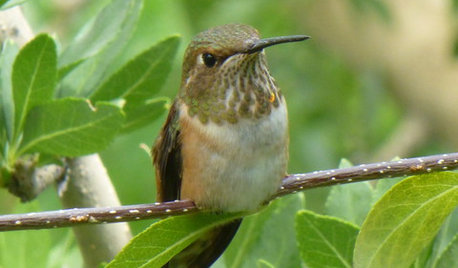
GARDENING GUIDES8 Flowers That Hummingbirds Adore
To draw those mesmerizing little birds to your garden or doorstep, plant these flowers that are attractive in more ways than one
Full Story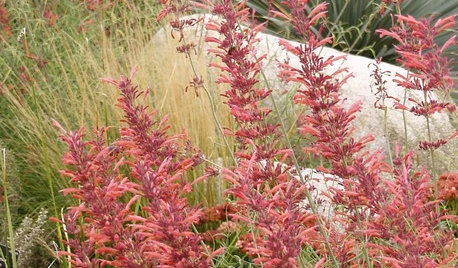
FLOWERS AND PLANTSAgastache Rupestris, a Heat-Loving Hummingbird Magnet
Threadleaf giant hyssop adds color and fragrance to late-summer and fall xeric gardens
Full Story
GARDENING GUIDESGreat Design Plant: Blue Sage
True blue and adored by hummingbirds, blue sage is easy to grow from seed in a sunny fall garden
Full Story
INSPIRING GARDENSNative Plants Bring 10 Southern California Front-Yard Gardens to Life
Rare plants, rain gardens and wildlife habitats are just a few of the features showcased on the 2016 Theodore Payne Native Plant Garden Tour
Full Story
GARDENING FOR BUTTERFLIESGreat Design Plant: Parry Manzanita Stands Out in Low-Water Gardens
Make a dramatic architectural statement and feed wildlife in woodlands and more with Arctostaphylos manzanita
Full Story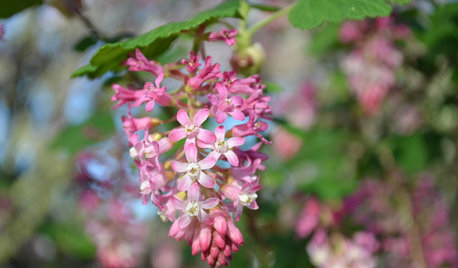
GARDENING GUIDESGreat Design Plant: Feed Wildlife With Flowering Currant
Blossoms and berries make this plant irresistible to birds, bees and other critters — and a treat for the eyes too
Full Story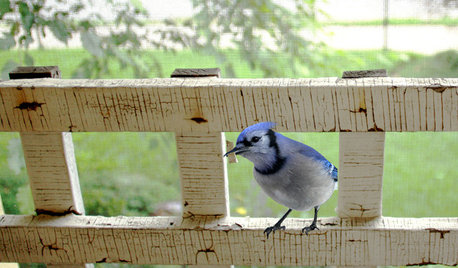
GARDENING FOR BIRDSBackyard Birds: Meet Some Clever and Curious Jays
Boisterous jays provide plenty of backyard bird-watching in winter. Here’s how to identify all the varieties and welcome them into your yard
Full Story







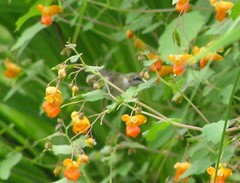
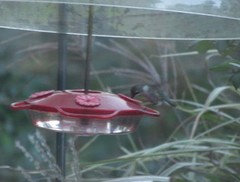


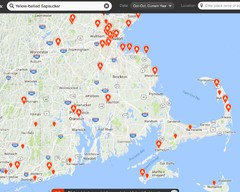


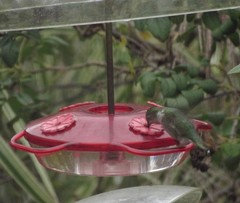
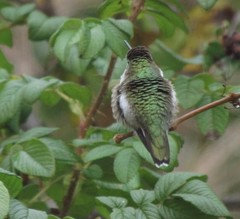

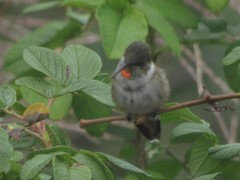


NHBabs z4b-5a NH